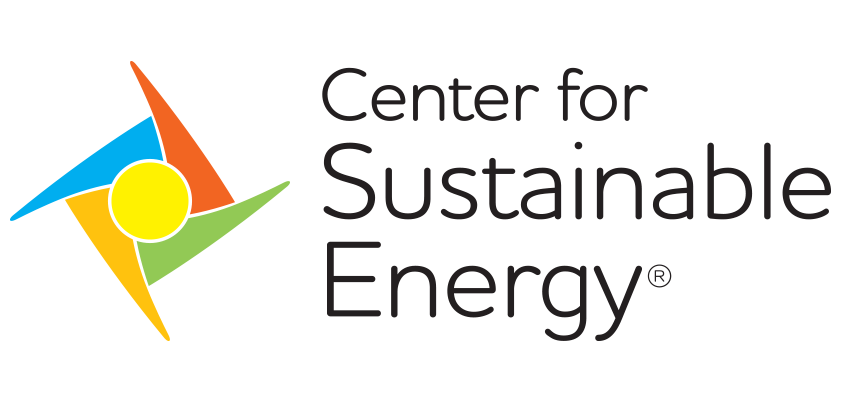

Webinar Focuses on ZNE in Multi-unit Dwellings Sept. 26
With nearly a third of California residents living in multi-unit dwellings, local governments are striving to develop policies that encourage energy efficiency in multifamily housing to help achieve greenhouse gas emission reductions and climate action plans by working toward zero net energy (ZNE) buildings.
Nine steps to ZNE buildings
CSE has created a ZNE Roadmap for Local Governments that lists nine policy recommendations local jurisdictions can implement to support and drive the market for ZNE buildings. Each recommendation is paired with examples of jurisdictions already implementing similar policies, along with resources to learn more.
- Officially adopt ZNE goals: Align local ZNE strategies and policies with state goals through climate action plans with direct connections between policies/standards and greenhouse gas reduction goals.
- Create a ZNE task force: Enlist relevant public department staff and stakeholders in the private sector to coordinate efforts.
- Enact “reach codes”: Establish local ordinances that reach beyond current state building energy efficiency standards.
- Transform municipal buildings into ZNE buildings: Enact policies that require renovation projects to address energy efficiency and renewable energy opportunities in existing public buildings.
- Streamline permitting and interconnection processes: Make the permitting process for energy-related upgrades such as HVAC and solar electric installations more efficient.
- Establish benchmarking and disclosure policies: Enact local ordinances for making energy consumption data public that align with state benchmarking programs. Report monthly energy and water use data for all municipal buildings.
- Create or enhance incentives for projects exceeding code: Consider expedited or reduced-fee permitting, matching utility rebate offerings or a public recognition program.
- Enact PACE programs: Establish property assessed clean energy (PACE) financing programs.
- Provide ZNE education and outreach: Train industry stakeholders, from real estate agents to contractors, on strategies and technologies to meet and exceed energy efficiency codes.
The roadmap also discusses opportunities and complexities posed by the growing deployment of electric vehicle charging and energy storage technologies.
Learn more at free ZNE webinar
CSE invites city and county officials, building owners, facility managers and contractors to attend a free webinar, Approaches to Achieving Zero Net Energy for Multifamily Housing, showcasing start-to-finish resources for ZNE on Tuesday, Sept. 26, at 10‒11:30 a.m. (PDT). Speakers will represent the New Buildings Institute, Association for Energy Affordability, Mutual Housing at Spring Lake and CSE. Register online for the webinar.
Panelists will discuss the regulatory landscape and evolving ZNE solutions, how to create realistic ZNE capital improvement plans and which energy efficiency measures can be targeted first or phased in, as well as how solar photovoltaic technologies, in conjunction with virtual net metering (VNEM), can assist in reaching ZNE goals. The webinar will examine an existing California ZNE multifamily project as a case study. Register for the webinar and gain practical implementation tools.

